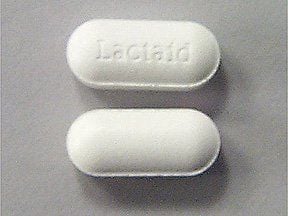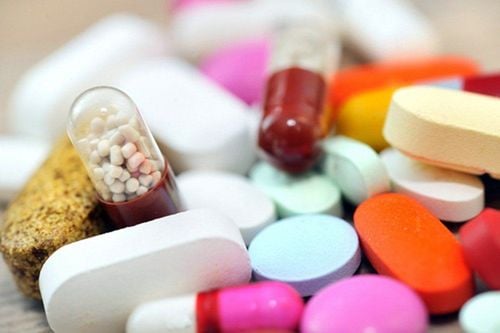This is an automatically translated article.
People with lactose intolerance experience digestive problems when they eat milk, which can have a negative effect on quality of life. In fact, it is thought to affect around 75% of the world's population. The following article tells us how about lactose intolerance? Is cheese tolerable or not?
1. Overview
Lactose or milk sugar is a disaccharide composed of glucose and galactose. It is found only in the milk of mammals and is the main carbohydrate found in milk and other dairy products.
People who are lactose intolerant cannot fully digest the sugar (lactose) in milk. As a result, they experience gas and bloating after eating or drinking dairy products. This condition, also known as lactose malabsorption, is usually harmless, but its symptoms can be bothersome.
Too little enzyme made in the small intestine (lactase) often causes lactose intolerance. You can have low lactose and still be able to digest dairy products. But if your levels are too low, you will become lactose intolerant, leading to symptoms after you eat or drink milk.
Most people with lactose intolerance can manage the condition without having to give up all dairy foods.
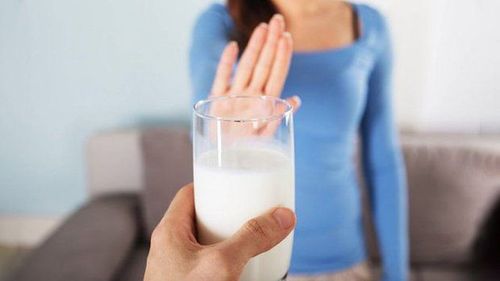
Người không dung nạp lactose dễ bị chướng bụng khi uống sữa
2. What is lactose intolerance?
The term used to describe lactose intolerance is defined below:
Lactose is the main carbohydrate in dairy products and consists of a disaccharide consisting of glucose and galactose. Lactase is an enzyme located in the small intestine that hydrolyzes lactose into its components: glucose and galactose. Lactase deficiency or absence of lactase is a condition in which lactase activity is decreased in the small intestine. Lactose dyspepsia is caused by a deficiency or non-existence of lactase. Lactose cannot be completely hydrolyzed and absorbed into the circulatory system from the small intestine but enters the large intestine.
3. Causes of lactose intolerance
Lactose intolerance occurs when your small intestine does not produce enough enzyme (lactase) to digest milk sugar (lactose). Normally, lactase turns lactose into two simple sugars - glucose and galactose - that are absorbed into the bloodstream through the lining of the intestines.
If you have a lactase deficiency, the lactose in your food moves into the colon instead of being processed and absorbed. In the colon, bacteria normally interact with the undigested lactose sugar, causing the signs and symptoms of lactose intolerance.
There are three types of lactose intolerance. Different factors cause lactase deficiency in each type:
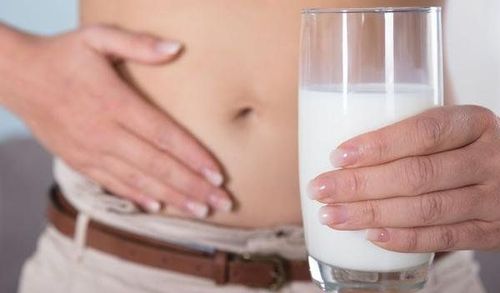
Có rất nguyên nhân khiến bạn không dung nạp lactose
3.1. Major lactose intolerance
People who develop primary lactose intolerance, the most common type, begin life producing enough lactase. Newborns get all their nutrition from milk and need lactase.When children replace milk with other foods, the amount of lactase they produce is often reduced, but is usually still high enough to digest the amount of milk in the typical adult diet. In people with primary lactose intolerance, lactase production declines sharply in adulthood, making dairy products difficult to digest.
3.2. Secondary lactose intolerance
This form of lactose intolerance occurs when your small intestine reduces lactase production after an illness, injury, or surgery involving your small intestine. Diseases associated with secondary lactose intolerance include intestinal infections, celiac disease, bacterial overgrowth, and Crohn's disease.Treating the underlying disorder can restore lactase levels and improve signs and symptoms, although it may take time.
3.3. Congenital or developmental lactose intolerance
It is possible, but rare, that babies are born with lactose intolerance due to a lack of the enzyme lactase. This disorder is passed from generation to generation in a pattern called autosomal recessive, which means that both parents must pass on the same gene variant for the child to be affected. Premature babies may also be lactose intolerant because of inadequate lactase levels.
Tình trạng không dung nạp lactose có thể xảy ra do bẩm sinh
4. Symptoms of lactose intolerance
Signs and symptoms of lactose intolerance usually begin 30 minutes to two hours after eating or drinking foods that contain lactose. Common signs and symptoms include:Diarrhea Nausea and sometimes vomiting Stomach cramps Enlargement Gas in the abdomen Some people even feel the need to go to the bathroom, nausea, vomiting, abdominal pain lower and sometimes constipated.
Diarrhea occurs because lactose is not digested in the small intestine, causing it to move into your digestive tract.
Once it reaches the colon, lactose is fermented by bacteria in your intestines, forming short-chain fatty acids and gases. This causes bloating, gas, and pain.
The severity of symptoms can vary, depending on how much lactose you can tolerate and how much you have eaten
5. People who are lactose intolerant may be able to eat some milk
All dairy foods contain lactose, but this does not mean that they are completely off-limits for people with lactose intolerance.
Most babies who are lactose intolerant can tolerate small amounts of lactose. For example, some people can tolerate a small amount of milk in tea but cannot tolerate the amount you get from a bowl of cereal.
Some milks are also naturally low in lactose when eaten in their usual serving sizes. For example, butter contains only 0.1 grams of lactose per 20 grams.
Some cheeses also have less than 1 gram of lactose per serving. Interestingly, eating yogurt tends to cause fewer symptoms in people with lactose intolerance compared with other types of milk.

Trẻ không dung nạp lactose có thể ăn sữa chua
6. Treatment of lactose intolerance
If you don't want to give up dairy, then there are some natural treatments that can help:6.1. Enzyme Supplement
Yeasts can be purchased to help digest lactose. These are tablets you swallow or drops you add to foods and drinks.However, the effectiveness of these products seems to vary from person to person. Lactase enzyme supplements can be very effective for some people.
6.2. Exposure to lactose
If you are lactose intolerant, regularly including lactose in your diet can help your body adapt to it.To date, studies on this are few and far between, but early studies have shown some positive results. In one small study, nine people with lactose intolerance tripled their lactase production 16 days after consuming lactose.
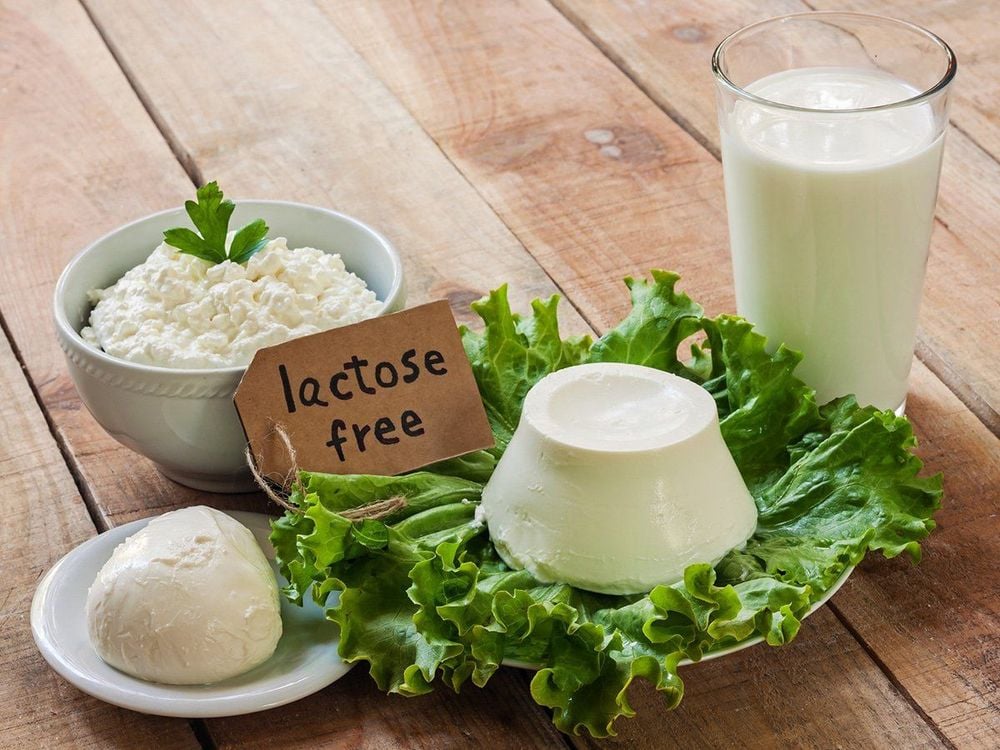
Thường xuyên tiếp xúc với lactose sẽ giúp bạn cải thiện tình trạng không dung nạp lactose
6.3. Take Probiotics and Prebiotics
Probiotics are microorganisms that provide health benefits when consumed.Prebiotics are fibers that serve as food for these bacteria. They provide the beneficial bacteria you already have in your gut, so they thrive.
Some probiotics and prebiotics may be more effective than others for people with lactose intolerance.
Please dial HOTLINE for more information or register for an appointment HERE. Download MyVinmec app to make appointments faster and to manage your bookings easily.







